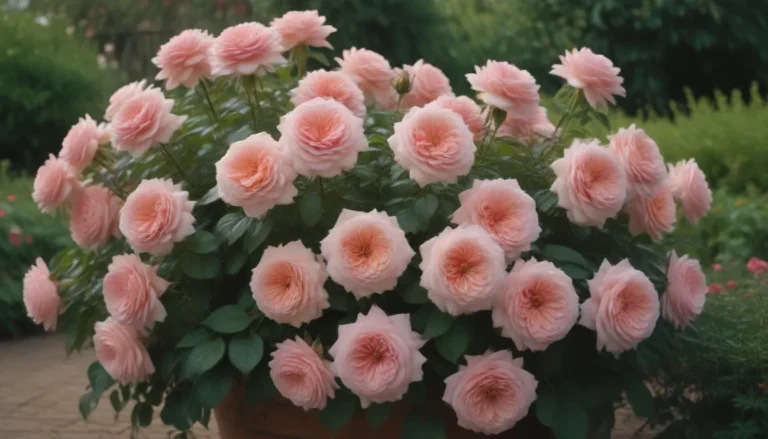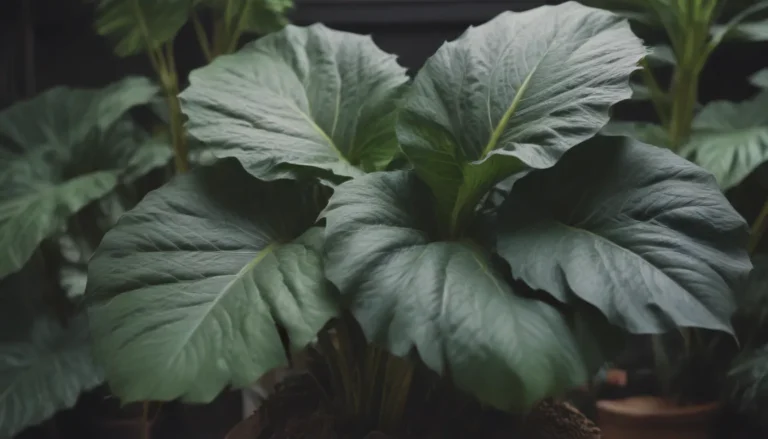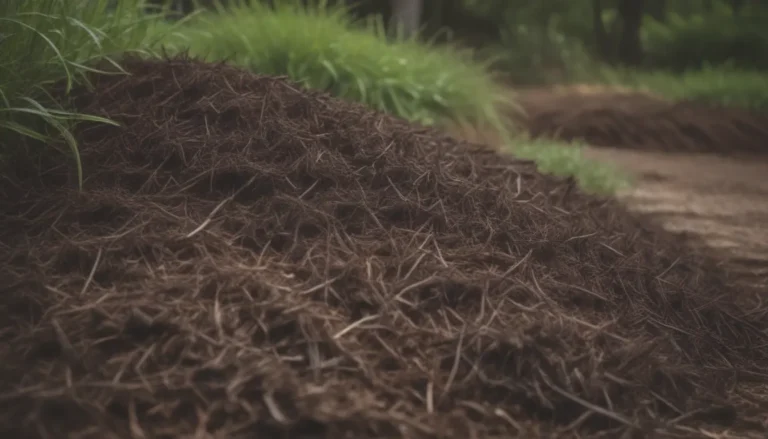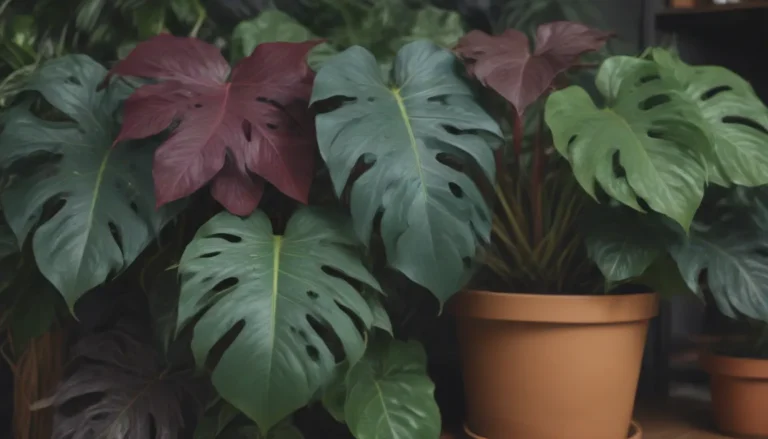The Ultimate Guide to Pruning Perennials in the Fall

Are you ready to transform your garden and set the stage for a beautiful spring display? Pruning your perennials in the fall is a crucial step in maintaining a healthy garden. By cutting back certain perennials, you can protect them from the cold weather and ensure they come back stronger and more vibrant in the spring. In this comprehensive guide, we will explore 34 perennials that you should consider cutting back in the fall.
Why Fall Pruning Is Important
Some perennials are not equipped to handle the cold weather well. As the temperatures drop and the first frost arrives, these plants may lose their attractiveness and become more susceptible to pests and diseases. By cutting back your perennials in the fall, you can create a clean slate for new growth to emerge in the spring. Pruning helps remove old and diseased foliage, allowing the plant to focus its energy on producing fresh growth. It’s a crucial step in maintaining the health and vitality of your garden.
Tip: Knowing When to Prune
It’s essential to understand the specific care requirements of each plant before pruning. While some perennials benefit from fall pruning, others may need their foliage for protection over the winter. Make sure to research the needs of each plant in your garden to ensure the best results.
Let’s Get Pruning: 34 Perennials to Cut Back in the Fall
Bearded Iris (Iris germanica)
- USDA growing zones:
- Color varieties:
- Sun exposure:
- Soil needs:
The tall foliage of bearded iris can become susceptible to iris borers and fungal diseases if not properly pruned in the fall. Cut back the leaves to 6 inches and remove any damaged or diseased foliage to protect the plant.
Bee Balm (Monarda didyma)
- USDA growing zones:
- Color varieties:
- Sun exposure:
- Soil needs:
Even resistant varieties of Monarda can fall victim to powdery mildew. Remove any diseased foliage in the fall and consider selective thinning of the stems to promote healthy growth.
Blackberry Lily (Iris domestica)
- USDA growing zones:
- Color varieties:
- Sun exposure:
- Soil needs:
Pruning the blackberry lily in the fall can prevent limp foliage and unwanted self-seeding. Keep the plant in check by cutting it back after blooming.
Blanket Flower (Gaillardia x grandiflora)
- USDA growing zones:
- Color varieties:
- Sun exposure:
- Soil needs:
Cutting back spent stems of blanket flower can improve its vigor and promote continuous blooming. Consider deadheading throughout the growing season for best results.
Bronze Fennel (Foeniculum vulgare ‘Purpureum’)
- USDA growing zones:
- Color varieties:
- Sun exposure:
- Soil needs:
If swallowtail caterpillars have stripped the foliage of bronze fennel, it’s time to cut it back to the ground. Keep the plant tidy and healthy by removing any damaged foliage.
Catmint (Nepeta)
- USDA growing zones:
- Color varieties:
- Sun exposure:
- Soil needs:
Pruning catmint in the fall can help protect the plant from winter cold and promote new growth in the spring. Consider regular pruning throughout the season to maintain a tidy appearance.
Columbine (Aquilegia)
- USDA growing zones:
- Color varieties:
- Sun exposure:
- Soil needs:
Remove any foliage showing signs of leaf miner damage and clear out debris around the base of the plant. Leave healthy foliage to absorb energy and prune after frost to prevent self-seeding.
Corydalis (Corydalis lutea)
- USDA growing zones:
- Color varieties:
- Sun exposure:
- Soil needs:
Cut back dead foliage of corydalis after a killing frost to prevent self-seeding. Keep the plant in check by removing seed heads and damaged foliage.
Crocosmia (Crocosmia)
- USDA growing zones:
- Color varieties:
- Sun exposure:
- Soil needs:
Cut back the flowers of crocosmia after blooming to encourage new growth. Remove any dead foliage and debris to keep the plant healthy through the winter months.
Daylily (Hemerocallis)
- USDA growing zones:
- Color varieties:
- Sun exposure:
- Soil needs:
Remove spent flower stalks of daylilies after blooming to encourage new flowers. Consider fall pruning to save time on spring cleanup and promote healthy growth.
Golden Marguerite (Anthemis tinctoria)
- USDA growing zones:
- Color varieties:
- Sun exposure:
- Soil needs:
Prune golden marguerite to the crown in late summer to encourage new basal growth. Keep the plant looking full and healthy by cutting back spent foliage.
By carefully pruning your perennials in the fall, you can set the stage for a vibrant and healthy garden in the spring. Make sure to consider the specific needs of each plant and take the time to remove any diseased or damaged foliage. With proper care and maintenance, your garden will flourish year after year.





